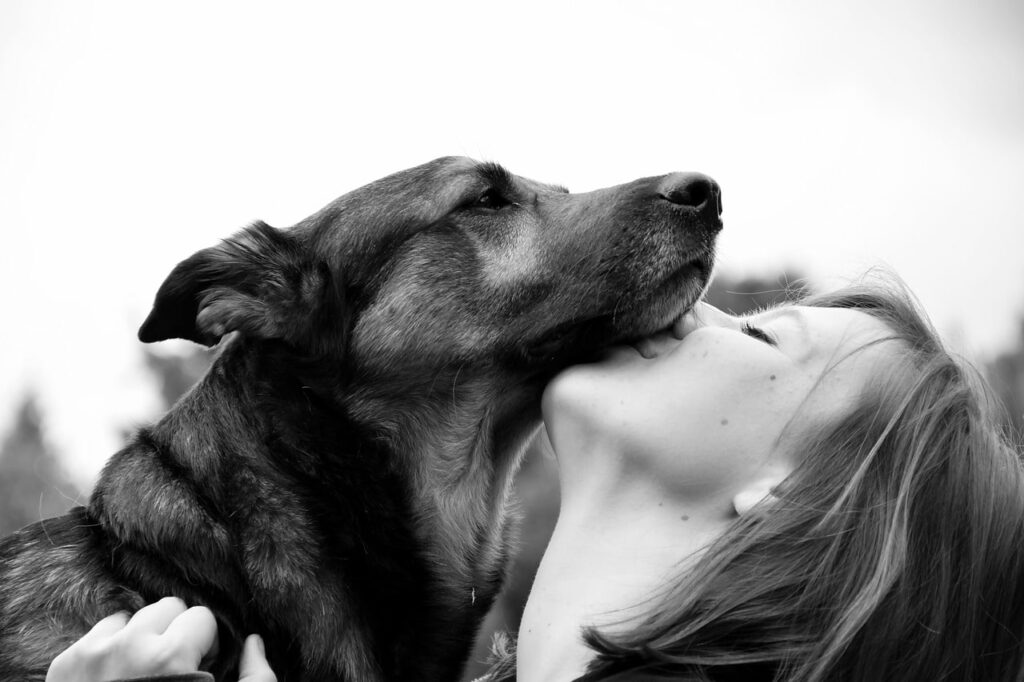Dangers of Bestiality

Bes-tiality is the sexual intercourse of a human being with a lower animal.
Calves, Sheep, Goats, Camels, Dogs, Donkeys,
Larger birds—Ducks, Geese
SIGNS OF THE ACCUSED
- Animal faeces, vaginal secretion and hairs may present in the external genitalia
- Tearing of the frenulum
- Marks of injury due to a kick, bite, or claws of the animal
- Animal hair and odour on the cloth and body
- Stains of dung and blood may be present.
SIGNS ON THE ANIMAL

- Presence of human spermatozoa in the vagina or anal canal
- Abrasion and laceration of the genitalia
- Blood oozing from the genital injuries
- Presence of gonorrheal discharge
- Marks of violence, tight tying
Recognizing the Dangers of Bestiality
Legal, Health, and Ethical Implications You Should Know
With years of experience in both animal welfare advocacy and public health education, I can confidently say the dangers of bestiality are not only real but deeply troubling. This act is illegal in many jurisdictions, reflecting widespread recognition of its ethical and societal harm.
The dangers of bestiality extend to serious medical risks, including the potential transmission of zoonotic diseases—those that pass from animals to humans. These infections can be severe and, in some cases, life-threatening.
Equally important are the psychological and emotional consequences for individuals involved. Mental health professionals often view this behavior as a red flag for deeper issues. Furthermore, the dangers of bestiality include the undeniable cruelty inflicted on animals, who cannot consent and are often seriously harmed.
Education and legal enforcement are key to preventing the dangers of bestiality from continuing unnoticed in society.
